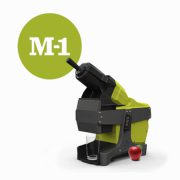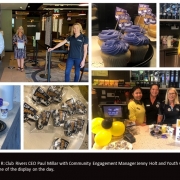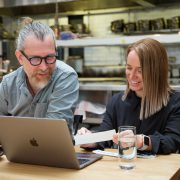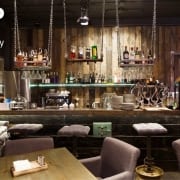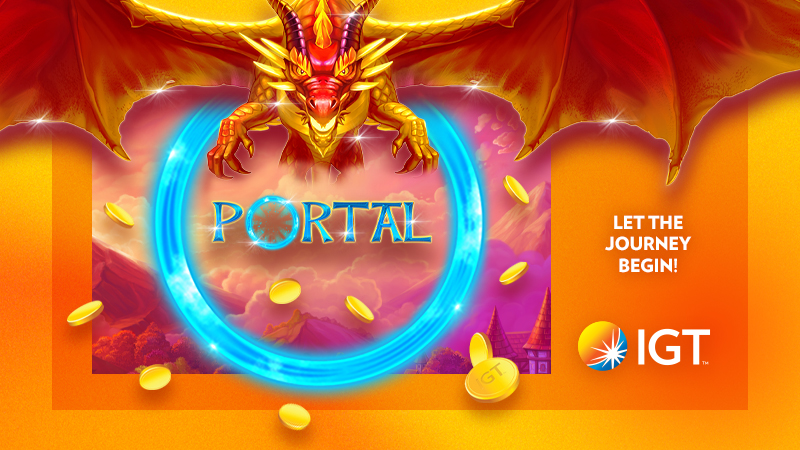HOW TECHNOLOGY IS CHANGING THE WAY WE ORDER FOOD IN RESTAURANTS
Touch screens have long been a part of our lives, whether on smartphones, ATMs or self-checkout lanes at grocery stores.
But there are also a whole lot of technology products out there designed specifically for the hospitality industry to make your food operations more streamlined and efficient and which have been designed to boost sales and improve your business. Here are just some of the ways they can do that.
Speed
Flipping through options on a screen is generally faster than a conversation, especially because kiosks are often visually driven and don’t require much reading. Kiosks almost exclusively rely on credit or debit cards, so that there’s no fumbling with cash.
According to suppliers data, the average transaction takes about 60 seconds. For repeat customers, transactions can take even less by remembering names, contact details and preferred payment systems. Payment can also be linked to your loyalty system for a pay by points option. That opt-in functionality can shave the average transaction down from 60 to 20 seconds.
When there’s are multi kiosks you can increase volume even more, while also keeping prices low and reducing lines. For many club bistro operations it’s a numbers game, so if you can accommodate more customers, you can keep overheads low.
Upsell
In addition to increased sales thanks to speed, kiosks can also improve a restaurants’ upsell rate, meaning how often a customer says “yes” to questions like: “Do you want fries with that?”
Upselling is a little trickier with cashiers, who might forget or feel uncomfortable trying to push more food on customers, especially during busy periods. With kiosks, that isn’t a problem.
Suggestions can be customised for particular orders, too. Someone who buys a burger might be offered fries or a person who orders a salad could be offered a yoghurt. Data shows that on average customers spend 15 to 20 percent more when ordering from a kiosk.
Flexibility
The ability to let customers build their own meals is why touch-screen ordering has been especially popular with fast-casual concepts – that could include pizzas, burgers, stir-fries, salads etc.
On the back end, kiosks give restaurants the flexibility to change their menus often without having to worry about reprinting menus. They can also spotlight different items at different times of the day, or promote dishes that are selling well or that they would like to sell more of.
Accuracy
It takes a lot of the human error out of the equation like cashiers missing items or mishearing instructions or being distracted. Monitors also show the orders to kitchen staff, which is vastly more efficient than a pile of papers or print out dockets
Simplicity
With the ubiquity of smartphones and online ordering, fewer customers bat an eye at touch screens. But club managers realise they have one shot to get things right before a frustrated diner walks out the door. It’s important for kiosks to guide people through the process. There may be brief instructions (choose your protein, pick your sauce, how do you want it cooked, salad or vegetables etc), along with photos of the food and buttons that serve as prompts to the next screen.
On US restaurant chain owner had daughter test their kiosks to make sure anyone could understand them. She was 4 at the time. He figured if she could work it out, his target audience would have no problem.
Options & Apps
We’ve talked about kiosks mainly which can be placed near your bistro entrance, like a member kiosk, and is ideal for customer order and pick up service. And there is also a tableside iPad option if you want to do one-way service where diners can call also order drinks whilst seated at the table. It’s also great for reorders and allows staff to concentrate on an elevated customer experience rather than taking orders.
Pre-order Apps are another great technology, especially if you have bottlenecks at peak trading times or customers who have limited time – like a city location with a busy lunchtime trade for instance. It allows customers to browse the menu a little longer add the extras they might not have considered when ordering under pressure and even allows them to order ahead before arrival so that their meal is ready when they arrive. It has been shown that customers spend up to 20% more when they can just tap, add and pay.
Our friends at Future Foods also published an article recently about these and some of the other food-related technologies available. Click here to read “How technology is elevating the hospitality industry >>


